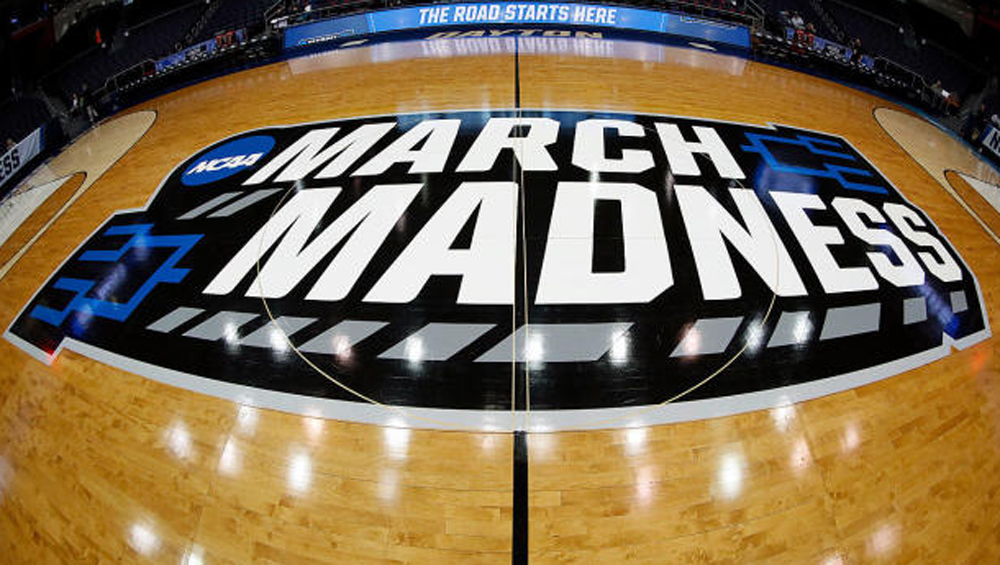
Finding Common Ground In The Final Four… And Localism


Emily Barr
Watching the Final Four this past week, I was struck by the thunderous crowds and cheering families and fans all packed into NRG Stadium with nary a nod or mention of COVID. It all felt wonderfully normal — a return to the good old days when we could revel in a shared moment and experience the excitement together, as one, whether we were watching, streaming or physically present. The teams did not disappoint, and the online comments seemed to reinforce the thrill of live sports shared by millions at the same time.
This common experience — this mono-cultural phenomenon — is increasingly rare and may well be one of the reasons we are struggling to come together as a nation. Our elected leaders can find little to agree on and even less upon which to act together, and recent polling (Ipsos, Pew, NORC) confirms the growing divide on a host of pressing issues such as gun violence, redistricting, the debt ceiling, health care costs and you name it. Even our beloved televised sporting events are beginning to unravel as networks lose their grip and streaming platforms further dice up the viewing in an effort to attract more paying subscribers that they desperately need to remain solvent.
So, where does this leave local broadcasters? Long reliant on network affiliations and the once exclusive programming (think live sports) that allowed them to offer premium advertising inventory, local broadcasters are finding themselves with no choice but to reinvent and redouble their efforts to connect with their local communities. And this might be the blessing in disguise everyone needs.
Across the country, local newsrooms are experimenting with solutions-based journalism, leaning into hyperlocal streaming channels of their own and growing their own fan base through relevant local programming and live events that are capable of attracting both viewers and advertisers.
None of this is new: The strongest local stations have always worked diligently to forge a meaningful connection to their communities but now they are unencumbered by the single, usually-network-affiliated channel that limited their ability to showcase and celebrate localism lest they preempt the traditional networks’ “primetime.” And the proliferation of next-generation channels lighting up in markets large and small promises a whole new dimension of targeted channels largely programmed locally since the traditional networks have been reluctant to get involved.
Independent stations have long done a great job of building community and connection: Just consider the dominance of my former company’s (Graham Media Group) WJXT in Jacksonville, Fla., the market’s “fully local” station that is chock full of local news, programming, documentaries and live event programming of which the community cannot get enough. Nexstar’s WGN in Chicago has long been a highly successful player in an extremely competitive market and is now the home base for Nexstar’s NewsNation. And, of course, San Francisco’s KRON (Nexstar) has been flying successfully without a net(work) for over 13 years and counting.
As a longtime GM of ABC’s Chicago O&O WLS, I am in no way suggesting broadcasters abandon their networks, but I am reminding those of you working in and for local stations that your future is rooted in your community, and your secret weapon is your ability to reach that collective community through the live, local news and programming you produce every day. So please, redouble your efforts to investigate, protect, celebrate and uplift your communities. Localism done right is all of this and more.
Today, local stations are, in addition to their linear feeds, free to build out sophisticated websites, podcasts, streaming channels and more all while continuing to invest in next-gen technology that will not only attract users and viewers but maybe, just maybe, will bring communities closer together in the process. Now that’s something worth cheering for.
Emily Barr is the former president and CEO of Graham Media Group.

































Comments (2)
AIMTV says:
April 4, 2023 at 11:07 am
I love your commentaries, Emily. The big sporting events are true “must-sees,” but the smaller, fringe ones are just filler. I’m expecting to see the Tiddlywinks championship on TV soon in a desperate bid to get sports ad dollars. It’s hard work creating and curating content that connects. Much of today’s success resulted from someone zigging when everyone else was zagging and identifying missing niches in the marketplace. And there are niches. I would have never discovered PBS’s Create TV had it not been for their fulfilling a massive void of “travel content” when The Travel Channel, now TRVL, imploded and became the “supernatural ghost mystery” channel. They saw a void and attempted to fill it. Alas, local TV can help prioritize and fill the 24/7 cycle, but network and syndication must also pitch in. Unfortunately, the ecosystem for syndication is not healthy. Part of the problem, ironically, is a tendency to “fill” rather than “curate.” Sub-par, commercially crammed, or completely out-of-date (sometimes inappropriate) content that would never make the roster, even on cable, finds its way on powerful stations in a decent time period, trying to “fill” a void. Especially on weekends, when said sports programming creates a seasonal feast or famine landscape. It may be time for stations to weed their gardens of subpar content so that the healthy plants can grow healthier. Reward the storytellers, and get rid of the purely in-it-for-the-money profiteers producing on the cheap, re-airing really, really, old non-evergreen content, and cramming too many ads into already unwatchable shows. As content creators, every day, we make a choice. We can make a little bit more money, or we can make a lot better content. If we choose the second option, the first will take care of itself, and the industry will be healthier in the short and long term.
tvn-member-5888357 says:
April 4, 2023 at 12:25 pm
Your points are spot on, AimTV. Relevant, well produced content can and should win the day and with it, win over advertisers as well. Love your weeding the garden metaphor as well. Thanks. Emily